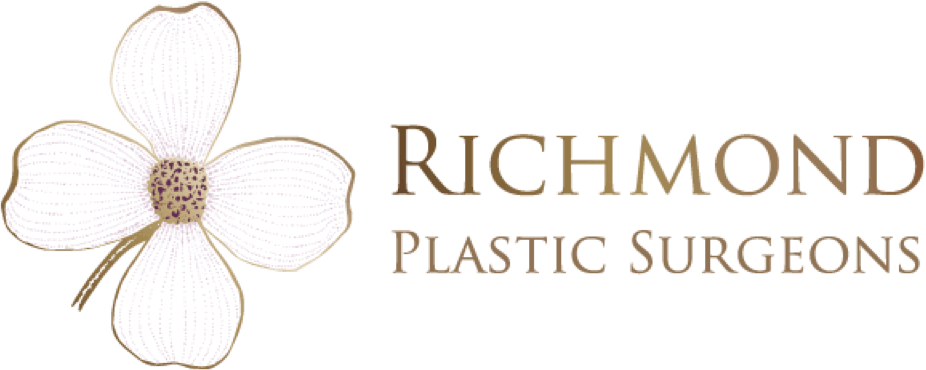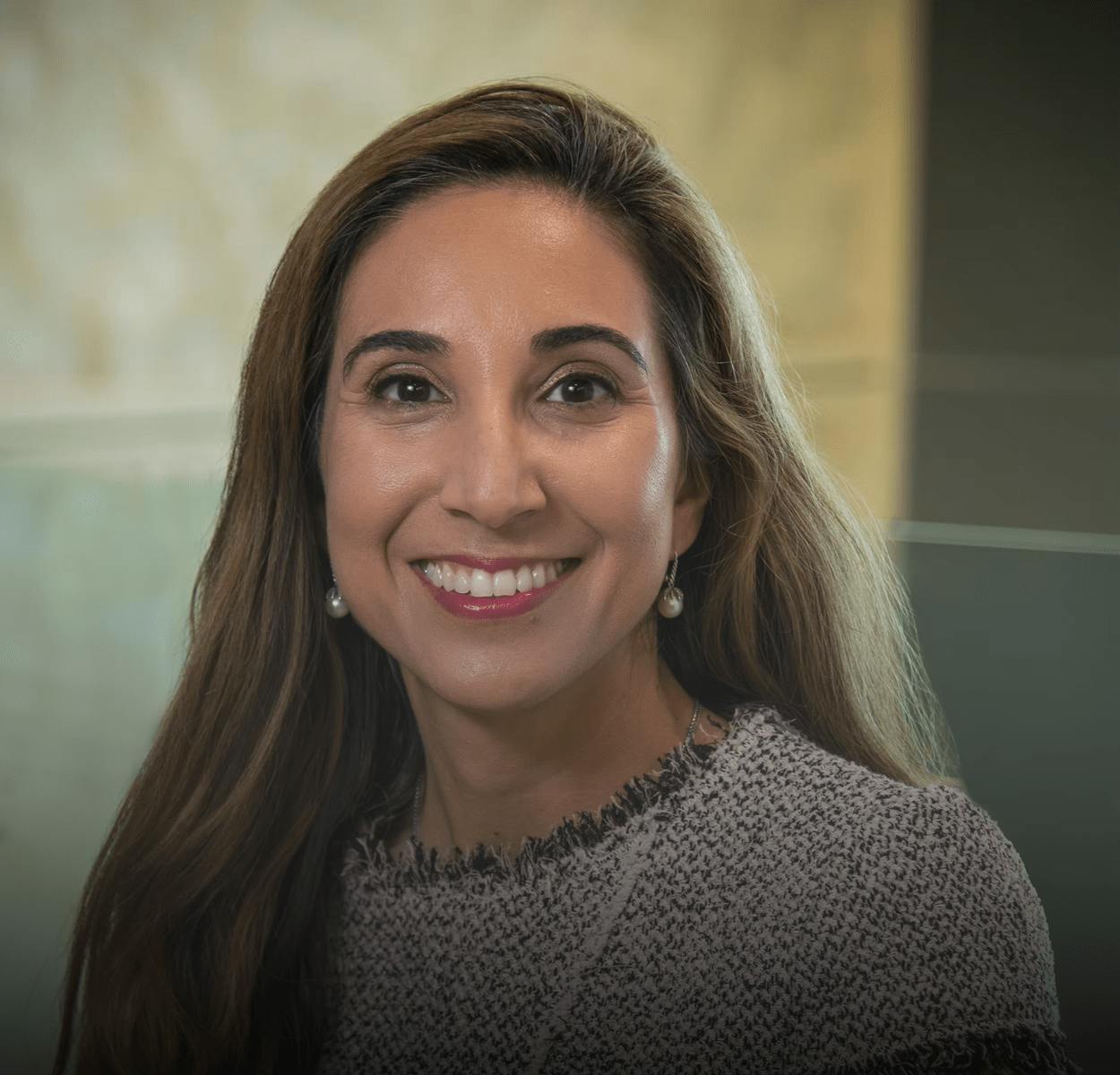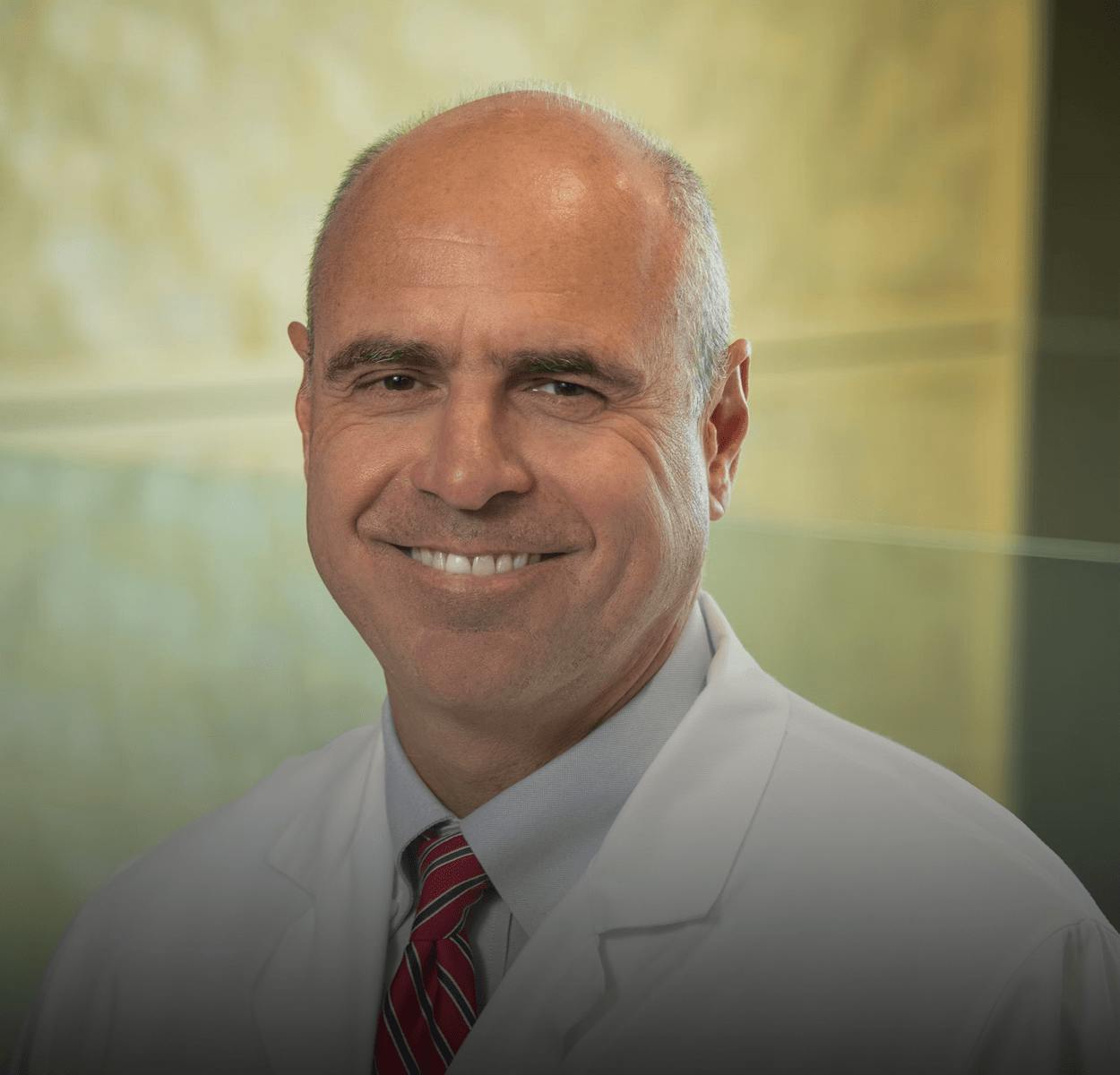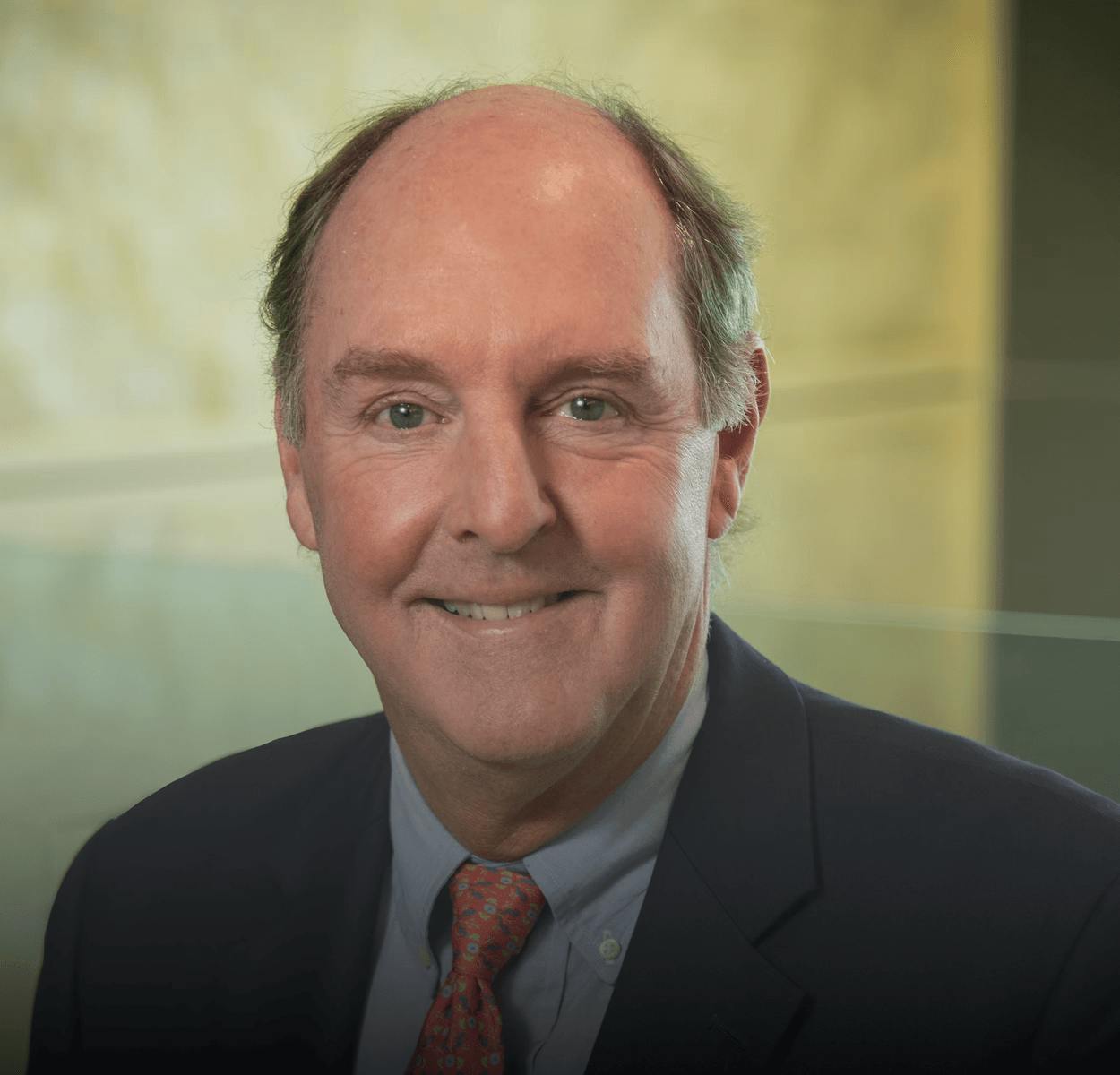Dr. Wornom and Dr. Aboutanos are craniofacial and pediatric plastic surgeons at our practice who care for children and adults with congenital anomalies. They belong to the Cleft and Craniofacial Team at St. Mary’s. They also travel to Honduras to care for children with congenital conditions every year. At our practice, you can get great results with our Richmond pediatric plastic surgery treatments.
Velopharyngeal Insufficiency
Velopharyngeal insufficiency (VPI) occurs when air and sound escape from the child’s nose during speech. This produces speech that sounds nasal in quality. VPI may lead to hoarseness or fatigue of your child’s voice.
Causes:
Normal speech is produced when the soft palate closes off the nasal cavity, allowing the air to escape through the mouth. Velopharyngeal insufficiency is caused when the soft palate cannot block off the nasal cavity, letting the air go out through the nose.
Treatment:
The first step in diagnosing and treating velopharyngeal insufficiency is making sure that your child has normal hearing and no signs of an ear infection. The next step is taking your child to a speech therapist where he/she can listen to your child’s voice. Sometimes, speech therapy alone can improve your child’s speech disorder. In cases of severe speech disorders, surgery may be required. The timing and type of surgery depends on your child’s condition and on the plastic surgeon. Further speech therapy may be required after surgery. Our comprehensive team can offer an ENT surgeon, speech therapist and plastic surgeon who specialize in diagnosing and treating your child’s VPI.
To learn more about the treatment of velopharyngeal insufficiency in Richmond, VA, please call to meet with one of our craniofacial surgeons.









